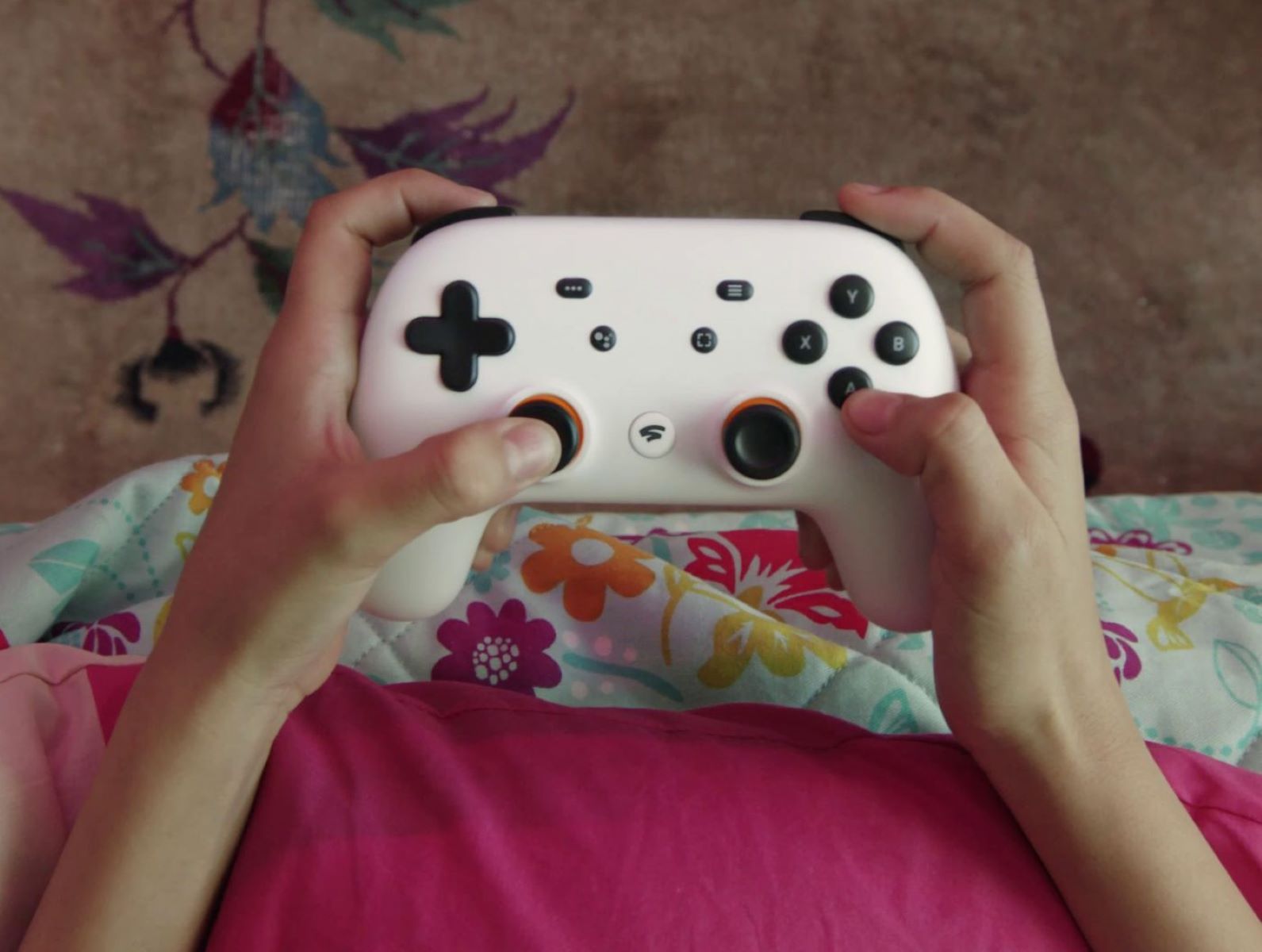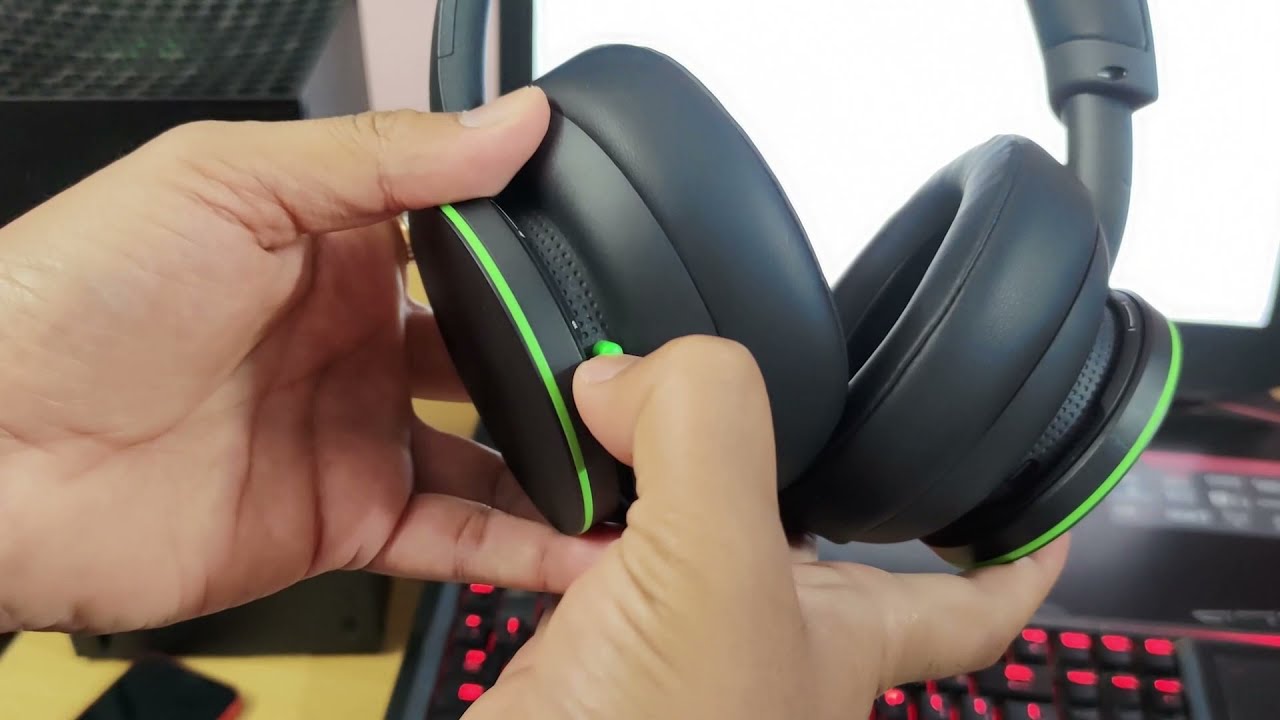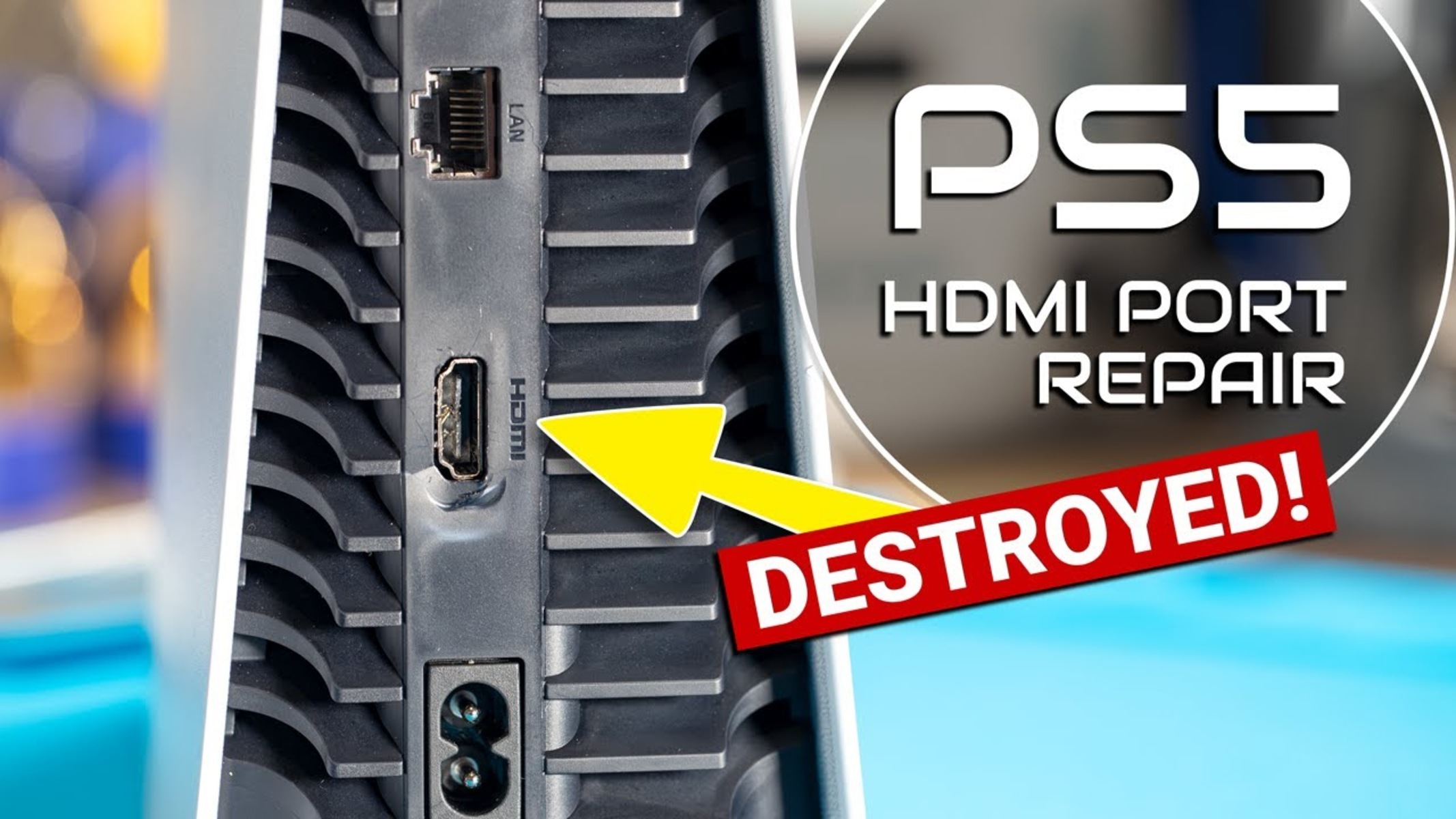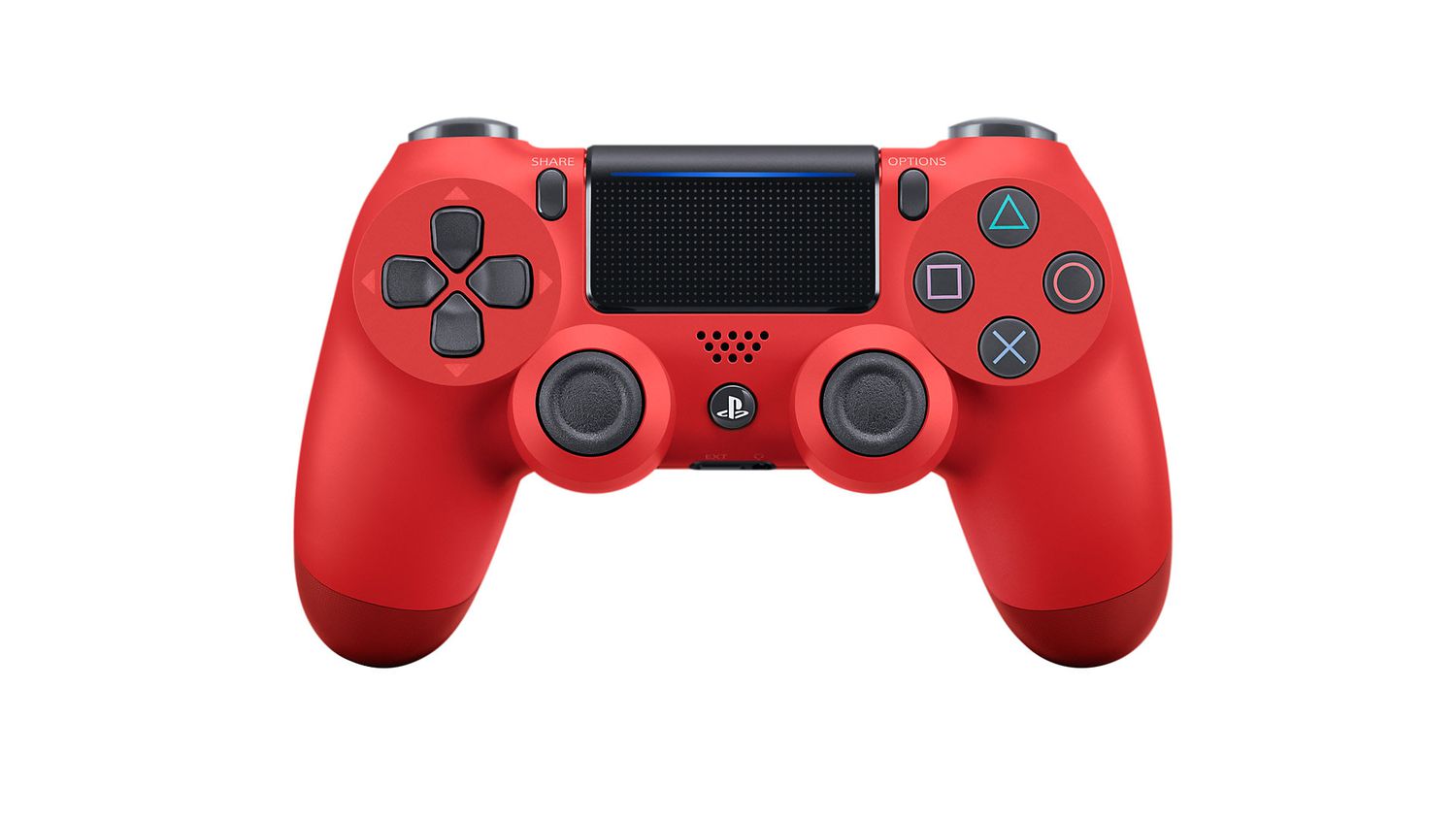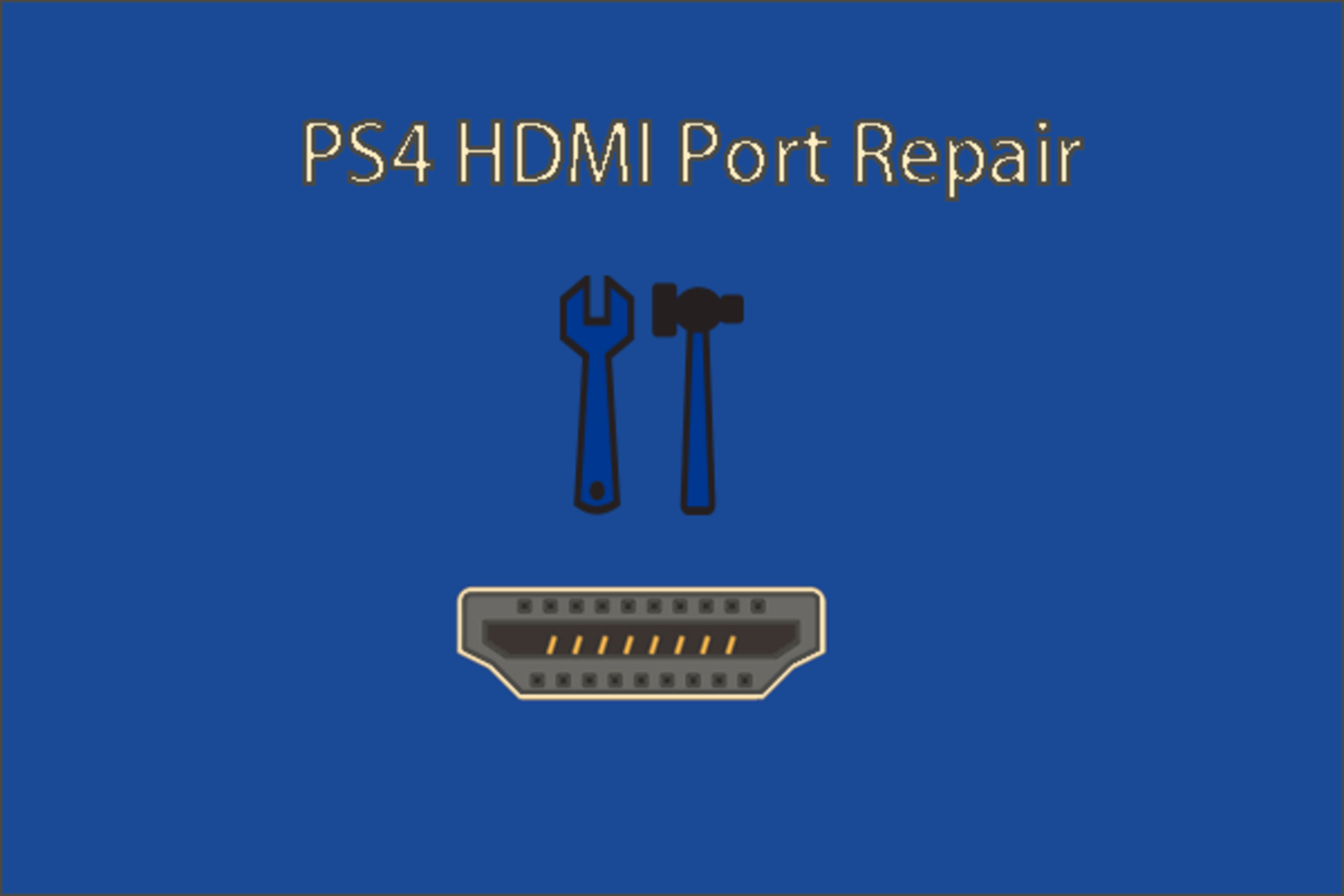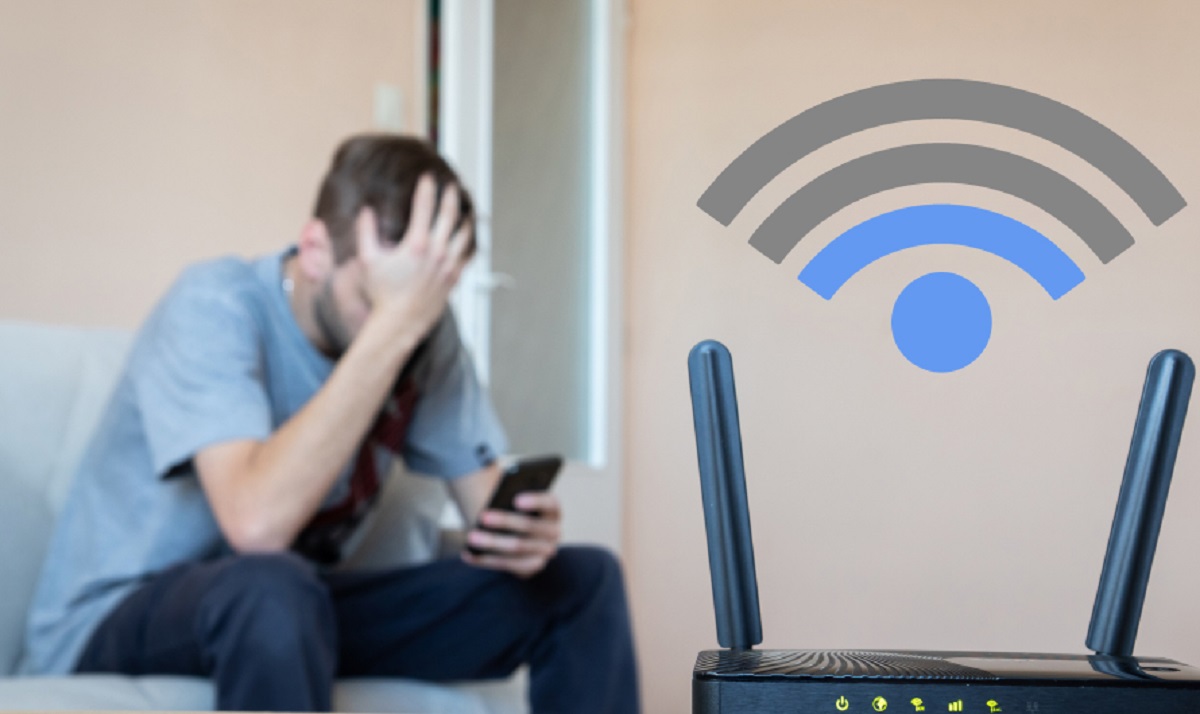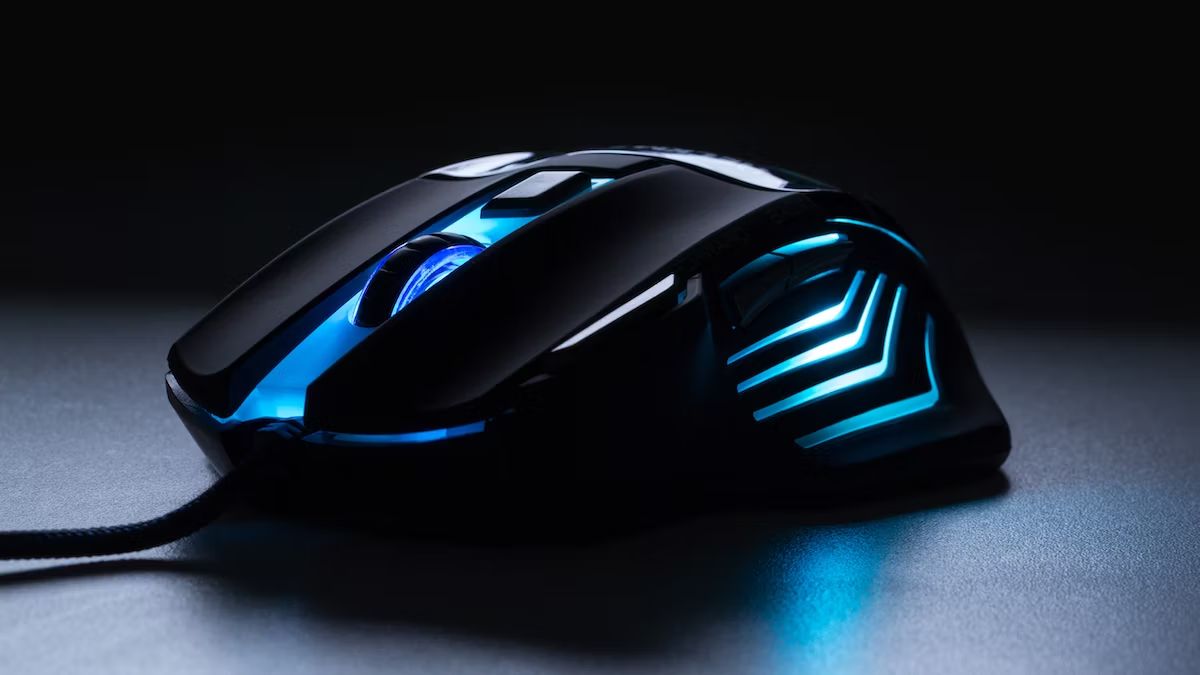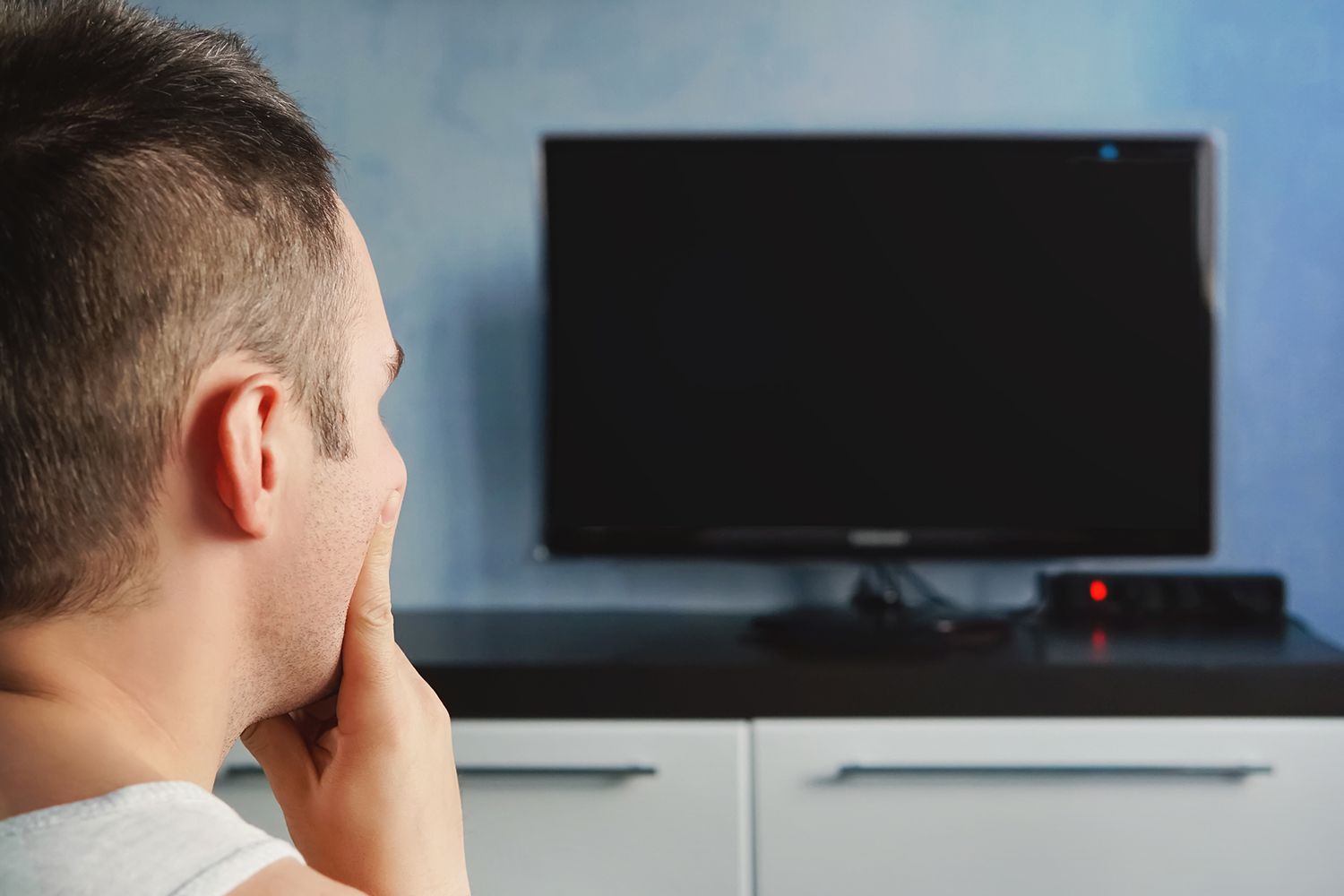Introduction
Experiencing a disconnecting game controller can be incredibly frustrating, especially in the midst of an intense gaming session. Whether you're a casual gamer or a dedicated enthusiast, dealing with this issue can significantly detract from your gaming experience. Fortunately, there are several troubleshooting steps you can take to address this problem and get back to enjoying seamless gameplay.
In this guide, we'll explore various methods to troubleshoot and resolve issues with a disconnecting game controller. From simple checks to more advanced solutions, we'll cover everything you need to know to get your controller functioning properly again. By following these steps, you can potentially save time and money by avoiding unnecessary replacements or repairs.
So, if you're tired of your game controller cutting out at the most inconvenient moments, read on to discover the steps you can take to address this common issue. Whether you're dealing with a wireless or wired controller, these troubleshooting methods are designed to help you get back to gaming without interruption. Let's dive into the solutions and get your controller back in the game!
Check the Batteries
One of the most common reasons for a game controller to disconnect is a low or depleted battery. This is particularly relevant for wireless controllers that rely on battery power to function. If you’re experiencing intermittent disconnects or a complete loss of control, the first step is to check the battery level or power source.
Begin by replacing the batteries with fresh ones or charging the controller if it’s rechargeable. It’s important to ensure that the power source is providing an adequate and consistent supply of energy to the controller. Weak or failing batteries can lead to erratic behavior, including sudden disconnects and input lag.
If you’re using a rechargeable controller, connect it to a power source and allow it to charge for a sufficient amount of time. Keep in mind that some controllers may require a specific duration of charging to reach an optimal battery level. Once the charging process is complete, attempt to use the controller again and observe if the disconnect issue persists.
Additionally, consider using high-quality, reputable batteries to power your controller. Low-quality or generic batteries may not provide a stable power output, leading to performance issues. By using reliable batteries or a trusted charging solution, you can minimize the likelihood of experiencing disconnects due to insufficient power.
By verifying and addressing the battery status of your game controller, you can eliminate a common source of connectivity problems and potentially resolve the issue without the need for further troubleshooting.
Reset the Controller
When a game controller exhibits connectivity issues, performing a reset can often rectify the problem by restoring the device to its default settings and configurations. This process can help eliminate any temporary glitches or software hiccups that may be causing the controller to disconnect.
To reset the controller, start by locating the reset button or sequence specific to your device. This information can typically be found in the controller’s user manual or on the manufacturer’s website. Once you’ve identified the reset mechanism, follow the prescribed steps to initiate the reset process.
For wireless controllers, the reset procedure may involve pressing a small button on the controller or using a paperclip to access a recessed reset switch. Wired controllers may require a different approach, such as disconnecting and reconnecting the controller to the gaming console or computer.
After initiating the reset, allow the controller to power cycle and establish a new connection with the gaming system. Once the reset is complete, test the controller by using it in a game or application to determine if the disconnect issue has been resolved.
If the controller continues to experience connectivity problems after the reset, consider performing the reset process again to ensure that it was executed correctly. Additionally, verify that the gaming system’s firmware and software are up to date, as outdated system software can sometimes contribute to controller connectivity issues.
By performing a reset on the controller, you can potentially eliminate underlying software or configuration issues that may be causing the disconnect problem, allowing you to resume gaming without interruptions.
Update the Controller Firmware
Ensuring that your game controller’s firmware is up to date is crucial for maintaining optimal performance and addressing connectivity issues. Firmware updates often include bug fixes, performance enhancements, and improved compatibility with gaming systems, all of which can contribute to a more stable and reliable connection.
To check for and install firmware updates, consult the manufacturer’s website or support resources for specific instructions tailored to your controller model. Many modern gaming consoles also provide the option to update controller firmware directly through the system’s settings menu.
When updating the firmware, it’s essential to follow the provided guidelines meticulously to avoid any potential issues or interruptions during the update process. This may involve connecting the controller to a computer, gaming console, or mobile device and running a firmware update utility or using built-in system tools to initiate the update.
Once the firmware update is underway, it’s crucial to allow the process to complete without interruption, as prematurely disconnecting the controller or interrupting the update can result in software corruption or functional instability. After the update is finished, power cycle the controller and verify that it successfully establishes a connection with the gaming system.
If the controller continues to experience disconnects after updating the firmware, consider repeating the update process to ensure that the firmware installation was successful. Additionally, check for any supplementary updates for the gaming system itself, as outdated system software can sometimes impact controller performance and connectivity.
By keeping your controller’s firmware current, you can take advantage of the latest improvements and optimizations, potentially resolving connectivity issues and ensuring a seamless gaming experience.
Check for Interference
Interference from other electronic devices or wireless signals can disrupt the connection between your game controller and the gaming system, leading to intermittent disconnections and input lag. Identifying and mitigating sources of interference is crucial for maintaining a stable and reliable connection.
Begin by assessing the environment where you typically use the game controller. Look for nearby electronic devices that emit wireless signals, such as routers, Bluetooth devices, cordless phones, and microwave ovens. These devices can potentially interfere with the controller’s signal, causing disruptions in connectivity.
To minimize interference, consider relocating the gaming system and any wireless devices to reduce the distance between the controller and the console or computer. Additionally, positioning the gaming system and wireless devices away from potential sources of interference, such as large metal objects or dense walls, can help improve signal stability.
If you’re using a wireless controller, ensure that the controller and gaming system are within the recommended operating range specified by the manufacturer. Exceeding the maximum range can result in signal degradation and connectivity issues. Adjust the positioning of the gaming system and controller to ensure they are within the optimal range for reliable communication.
Furthermore, if you’re using a wireless controller in an environment with multiple gaming systems or controllers in close proximity, signal interference may occur. In such cases, consider repositioning the systems or using shielding materials to minimize signal overlap and interference.
By addressing potential sources of interference and optimizing the positioning of the gaming system and controller, you can reduce the likelihood of connectivity issues stemming from signal disruptions, ultimately enhancing the stability of the controller’s connection.
Clean the Controller
Over time, dust, dirt, and debris can accumulate on and around the buttons, triggers, and analog sticks of a game controller, potentially leading to connectivity issues and erratic behavior. Cleaning the controller regularly can help maintain its functionality and mitigate the risk of disconnections caused by debris interference.
To begin the cleaning process, power off the controller and disconnect it from the gaming system if applicable. Use a soft, dry microfiber cloth to gently wipe the exterior surfaces of the controller, removing any visible dust or smudges. Pay particular attention to the areas around the buttons and analog sticks, as these are common areas where debris can accumulate and affect performance.
For more thorough cleaning, lightly dampen a portion of the microfiber cloth with isopropyl alcohol or a specialized electronics cleaning solution. Carefully wipe the controller’s surfaces with the dampened cloth, taking care to avoid excess moisture and ensuring that no liquid enters the controller’s internal components or openings.
To address debris that may have accumulated within the crevices around the buttons and triggers, use compressed air to gently dislodge and remove any trapped particles. Hold the controller in a manner that prevents dislodged debris from entering the interior of the controller, and use short bursts of compressed air to clean the targeted areas effectively.
Inspect the controller’s charging or connection ports for any debris or buildup that may hinder proper connectivity. If necessary, use a soft, dry brush or compressed air to clean these ports, ensuring that they remain free of obstructions that could impede the connection between the controller and the gaming system.
By routinely cleaning your game controller and keeping it free of dust and debris, you can help prevent connectivity issues caused by foreign particles and maintain the overall functionality and responsiveness of the controller.
Contact Customer Support
If you’ve exhausted all troubleshooting options and your game controller continues to experience persistent connectivity issues, reaching out to the manufacturer’s customer support team can provide valuable assistance and guidance in resolving the problem.
Before contacting customer support, ensure that you have relevant information readily available, such as the controller’s model number, purchase details, and a description of the connectivity issues you’re encountering. This information can help expedite the troubleshooting process and enable the support team to provide targeted assistance.
Initiate contact with the manufacturer’s customer support through their designated channels, which may include phone support, email inquiries, or live chat services. When communicating with the support team, clearly articulate the symptoms and behaviors exhibited by the controller, detailing the steps you’ve taken to troubleshoot the issue thus far.
Customer support representatives may provide additional troubleshooting steps tailored to your specific controller model and connectivity problem. They may also offer insights into known issues, firmware updates, or potential hardware concerns that could be contributing to the disconnect problem.
In some cases, the support team may facilitate a warranty evaluation or repair process if the controller is determined to have a hardware fault or defect. They can guide you through the necessary steps to initiate a warranty claim or arrange for a repair or replacement, ensuring that you receive the appropriate resolution for the connectivity issue.
By engaging with the manufacturer’s customer support, you can leverage their expertise and resources to address persistent connectivity issues with your game controller, potentially leading to a resolution that restores seamless functionality and enhances your gaming experience.







